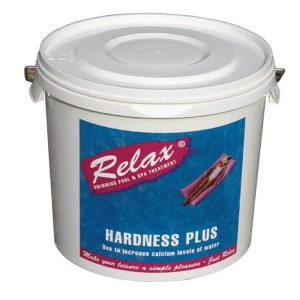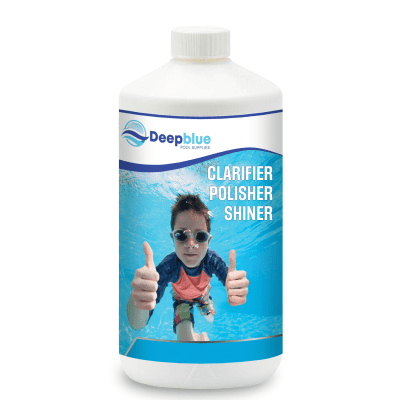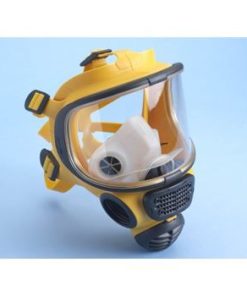Blogpool, Chemicals, Hottub, Maintenance, Water Testing
The truth about owning a swim spa or hot tub: Key terms and questions answered
The following points summarize what this article teaches readers:
The article presents fundamental electrical aspects that need evaluation before placing a hot tub installation.
What makes a site survey essential for hot tub delivery preparation?
What is calcium hardness and why does hot tub water need it and what are its proper levels?
Daily hot tub water checks involve multiple assessments with specific guidelines along with their importance explanations.
The paper outlines the necessary steps to maintain hot tub water during weekly inspections.
Hot tub filter cleaning operations along with their recommended cleaning schedule are presented in this explanation.
The article identifies cloudiness in hot tub water as a common problem together with methods to fix this issue.
Hot tub owners must perform the “shocking” procedure at regular intervals for its purpose of oxidizing water contaminants.
Answer Key
A dedicated hot tub installation demands a correctly sized fused spur connected to a consumer unit via SWA cable that includes RCD protection. All electrical work needs to follow Part P Building Regulations through performance by a competent individual.
A site survey verifies that your house has suitable conditions to hold the hot tub by checking accessibility and foundation compatibility together with electrical capabilities.
Hot tub water needs calcium hardness between 200-400 mg/l because it helps protect water quality and extend equipment lifespan. The formation of scales occurs at high calcium hardness levels but low concentrations result in foaming that causes equipment corrosion.
Checking sanitizer levels (chlorine or bromine) together with pH levels during daily inspections serves to protect water safety while preventing skin and eye discomfort. The recommended sanitizer concentration ranges from 2 to 4 mg/l for bromine and inorganic chlorine but 3 to 5 mg/l for organic chlorine. Hot tub water needs to maintain a pH range from 7.0 to 7.6.
The weekly inspection process includes measuring total alkalinity at 125-150 mg/l (minimum 80 mg/l) to stabilize pH levels while adding anti-scale treatment for hard water conditions and visual inspections for debris and waterline cleaning.
Weekly filter maintenance requires a garden hose rinse and monthly use of filter cleaning product followed by annual filter replacements or every two years with filter rotation between two sets.
The main causes of cloudy water include contamination from environmental sources as well as organic substances and inadequate sanitizer concentration. The solution involves water chemistry balance alongside shock dosing and filter cleaning and clarifier usage.
The process of “shocking” brings about the elimination of impurities while killing bacteria and activating sanitizer. Hot tub water needs weekly shock treatment and immediate post-heavy usage shock treatment to ensure clear water and proper hygiene.
Key Terms you should know:
The quantity of calcium dissolved in water determines water quality and equipment life expectancy.
The chemical reactions between chlorine and bromine produce chloramines/Bromamines which show reduced sanitizer potency.
A clarifier functions as a water treatment solution which connects small particles into groups that filters can trap to produce better water transparency.
Consumer Unit functions as the central distribution panel for electrical circuits in residential buildings.
A fused spur represents an independent electrical connection with a fuse that serves hot tubs and other specific appliances.
RCD stands for Residual Current Device which functions as an electrical safety device to detect leakage currents and stop power supply.
Sanitizers represent either chlorine or bromine-based chemicals that serve to eliminate bacteria while preserving water cleanliness.
The process of shock dosing requires water oxidation for impurity destruction and bacterial elimination as well as sanitizer reactivation.
A site survey evaluates the conditions of a location to verify its appropriateness for hot tub installation.
SWA Cable functions as a durable outdoor cable product with Steel Wire Armoured protection.
The ability of water to maintain pH stability defines Total Alkalinity (TA) while supporting water stability.
Some products you might be interested in:





















